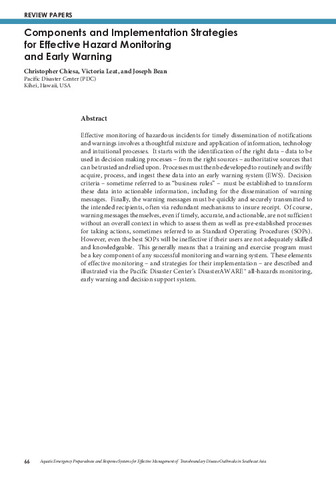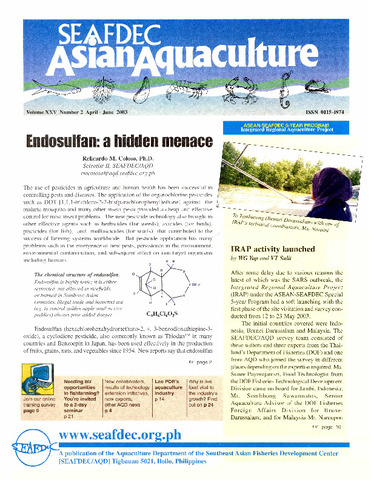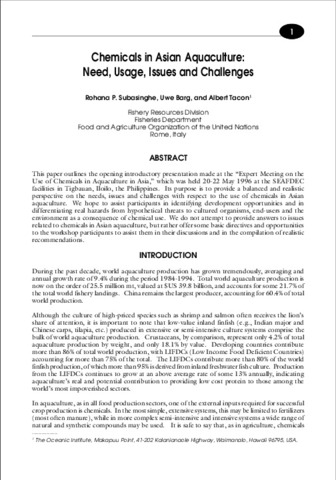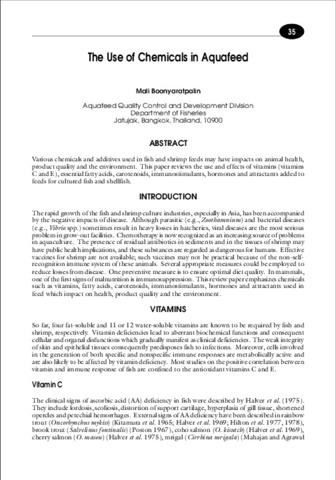Components and implementation strategies for effective hazard monitoring and early warning
- Global styles
- MLA
- Vancouver
- Elsevier - Harvard
- APA
- Help
Share
Abstract
Effective monitoring of hazardous incidents for timely dissemination of notifications and warnings involves a thoughtful mixture and application of information, technology and intuitional processes. It starts with the identification of the right data - data to be used in decision making processes - from the right sources - authoritative sources that can be trusted and relied upon. Processes must then be developed to routinely and swiftly acquire, process, and ingest these data into an early warning system (EWS). Decision criteria - sometime referred to as business rules - must be established to transform these data into actionable information, including for the dissemination of warning messages. Finally, the warning messages must be quickly and securely transmitted to the intended recipients, often via redundant mechanisms to insure receipt. Of course, warning messages themselves, even if timely, accurate, and actionable, are not sufficient without an overall context in which to assess them as well as pre-established processes for taking actions, sometimes referred to as Standard Operating Procedures (SOPs). However, even the best SOPs will be ineffective if their users are not adequately skilled and knowledgeable. This generally means that a training and exercise program must be a key component of any successful monitoring and warning system. These elements of effective monitoring - and strategies for their implementation - are described and illustrated via the Pacific Disaster Center s DisasterAWARE all-hazards monitoring, early warning and decision support system.
Suggested Citation
Chiesa, C., Leat, V., & Bean, J. (2019). Components and implementation strategies for effective hazard monitoring and early warning. In E. A. Tendencia, L. D. de la Peña, & J. M. V. de la Cruz (Eds.), Aquatic Emergency Preparedness and Response Systems for Effective Management of Transboundary Disease Outbreaks in Southeast Asia: Proceedings of Asean Regional Technical Consultation, 20-22 August 2018, Centara Grand Central Ladprao, Bangkok, Thailand (pp. 66-71). Tigbauan, Iloilo, Philippines: Aquaculture Department, Southeast Asian Fisheries Development Center.
Type
Conference paperISBN
9789719931089
Related items
Showing items related by title, author, creator and subject.
-
Endosulfan: a hidden menace
Coloso, Relicardo M. (Aquaculture Department, Southeast Asian Fisheries Development Center, 2003)A clean and healthy environment is paramount to human existence. While pesticide use has successfully sustained agricultural and food production in our lifetime as well as safeguarded human health by controlling insect ... -
Chemicals in Asian aquaculture: need, usage, issues and challenges
Subasinghe, Rohana P.; Barg, Uwe; Tacon, Albert (Aquaculture Department, Southeast Asian Fisheries Development Center, 2000)This paper outlines the opening introductory presentation made at the “Expert Meeting on the Use of Chemicals in Aquaculture in Asia,” which was held 20-22 May 1996 at the SEAFDEC facilities in Tigbauan, Iloilo, the ... -
The use of chemicals in aquafeed
Boonyaratpalin, Mali (Aquaculture Department, Southeast Asian Fisheries Development Center, 2000)Various chemicals and additives used in fish and shrimp feeds may have impacts on animal health, product quality and the environment. This paper reviews the use and effects of vitamins (vitamins C and E), essential fatty ...






